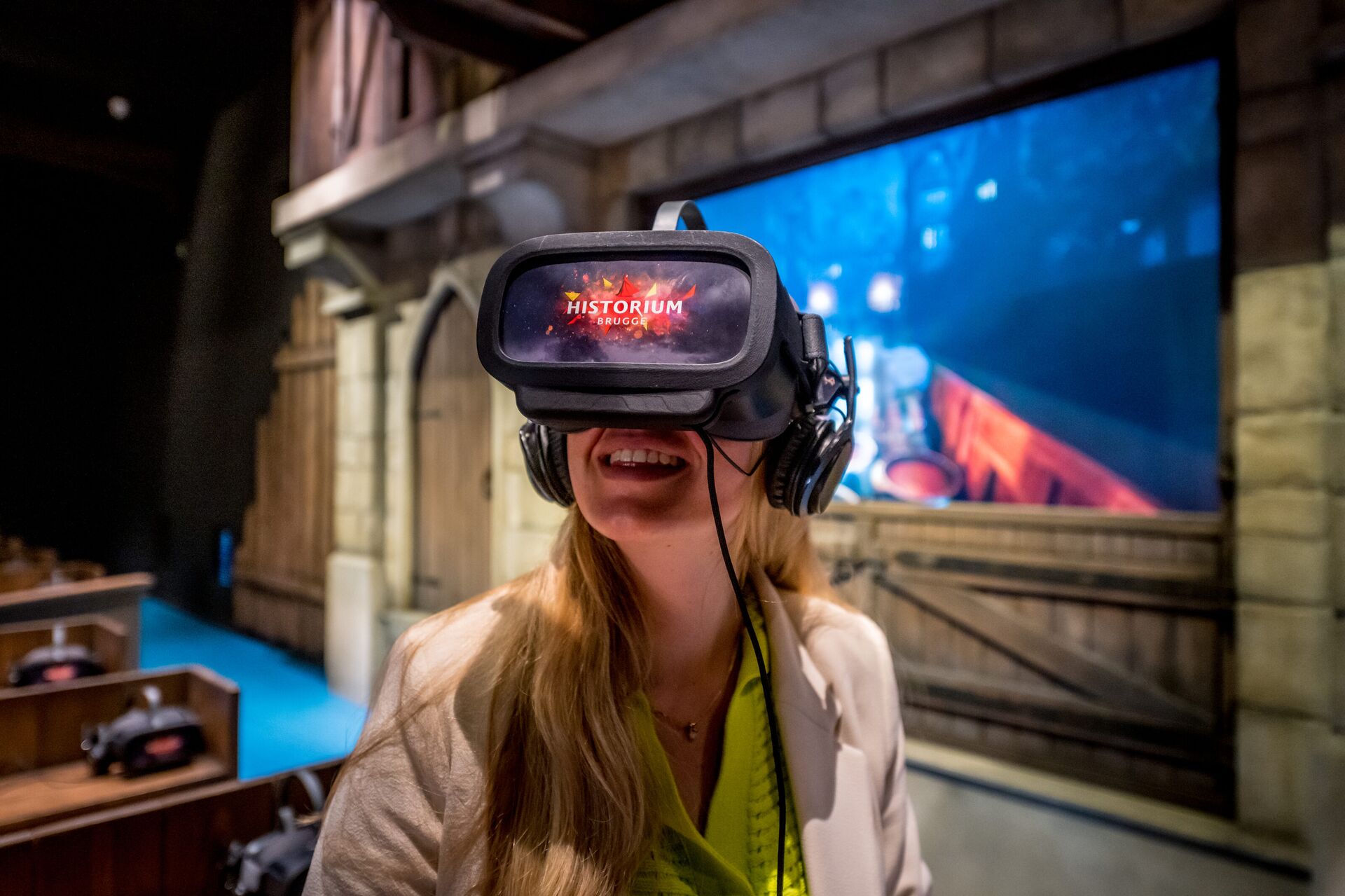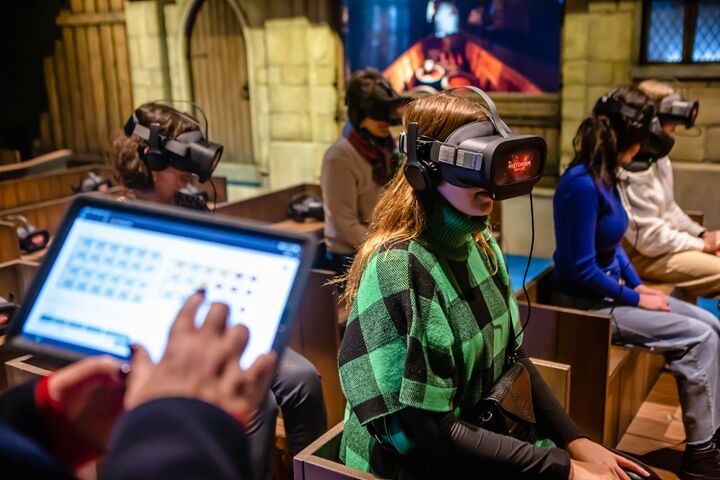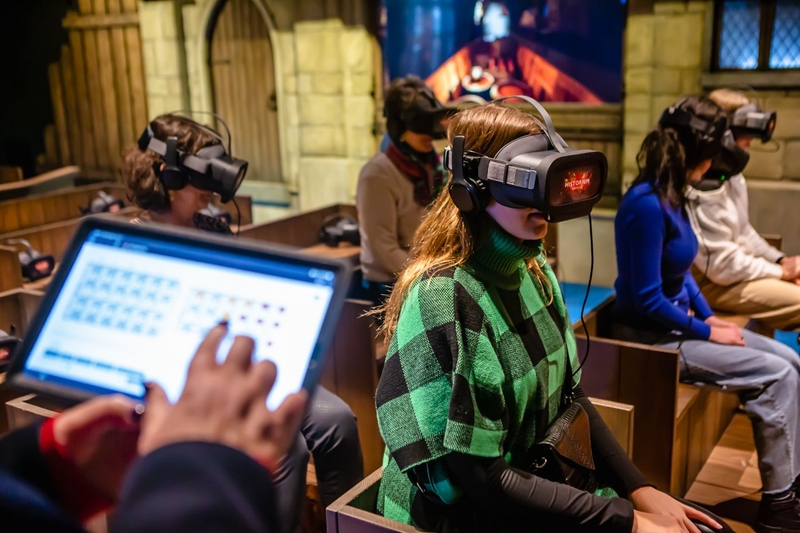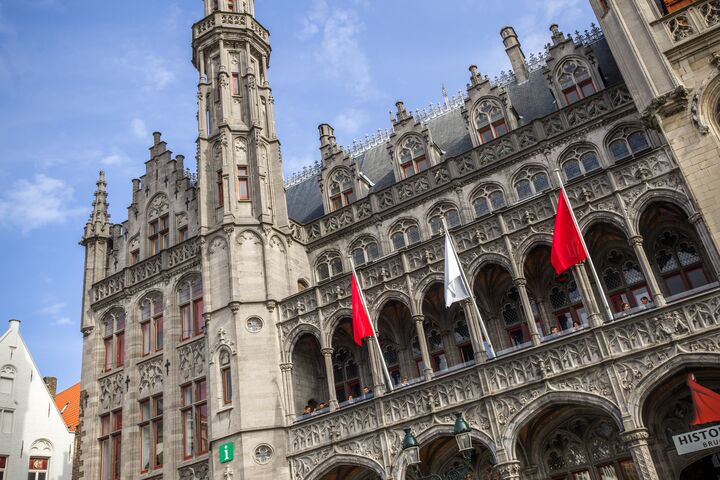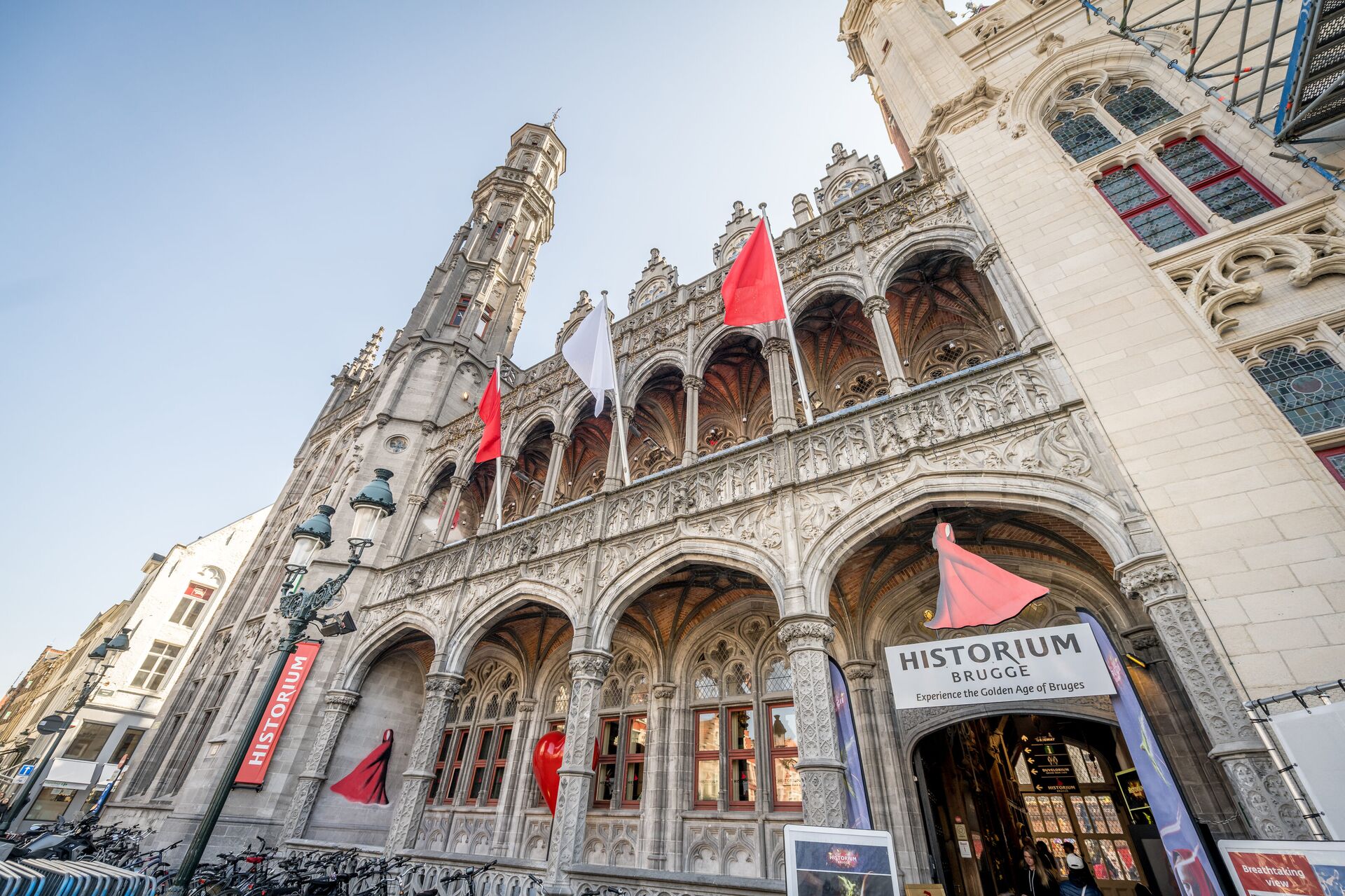
Visit Bruges - Jan Darthet
The market square in Bruges - Jan-Baptist van Meunincxhove (1620-1703)
Musea Brugge - www.artinflanders.be – Dominique Provost, publiek domein.
Demolition of the Waterhalle - anonymous master (18th century)
Musea Brugge - www.artinflanders.be – Dominique Provost, publiek domein.
Practical information
Prices
- For an overview of all prices and discounts, see the website.
